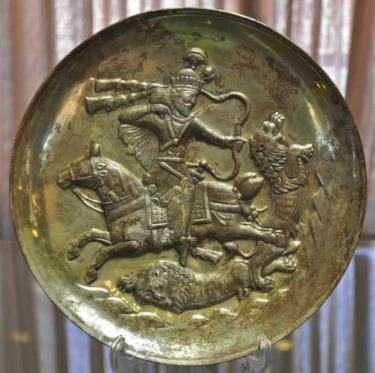
Originating from the Sassanian Empire
The Persian Sassanian Chess Set is a unique and fascinating piece of history that showcases the rich cultural heritage of ancient Persia. Originating from the Sassanian Empire, which ruled from the 3rd to 7th centuries AD, the Persian Sassanian Chess Set is one of the earliest known forms of chess. This historic chess set has several key characteristics and important differences that set it apart from other ancient chess sets. The pieces depict scenes from Persian mythology and history.
Played in the courts of the Sassanian kings
The history of the Persian Sassanian Chess Set can be traced back to the courts of the Sassanian kings, where the game was played as a form of entertainment and strategic warfare simulation.
Made from gold, silver, and ivory
The chess pieces were typically made from precious materials like gold, silver, and ivory and were highly prized possessions. Many of these ancient pieces have been discovered in archaeological excavations and are now housed in museums around the world, providing a glimpse into the lives of the ruling elite in ancient Persia.
Shatranj played 8x8
The Persian version of chess, called Shatranj, was played on a smaller board with only 8 x 8 squares. The pieces had different names and moved differently than the modern chess pieces we know today. This difference in rules and moves adds to the historical significance and cultural uniqueness of the Persian Sassanian Chess Set.